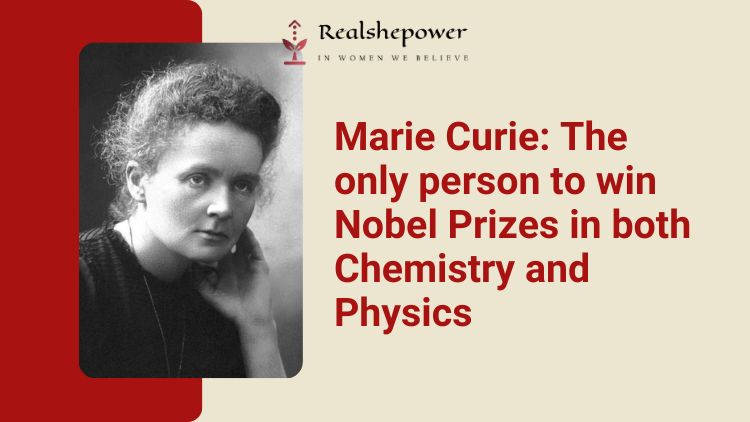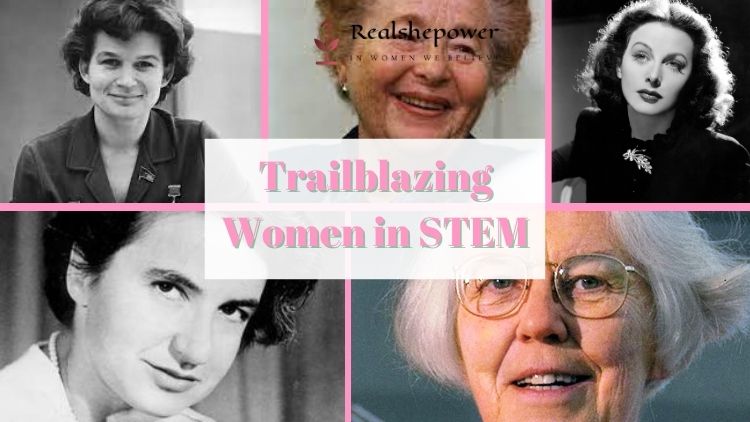Marie Curie: Double Nobel Laureate in the Realms of Science


Marie Curie’s groundbreaking achievements in science, against the backdrop of a male-dominated era, make her an enduring symbol of determination and excellence. Her indomitable spirit and relentless curiosity led her to etch her name in the annals of history, not once, but twice – becoming the only person to win Nobel Prizes in both Chemistry and Physics.
Early Life and Struggles
Born as Maria Sklodowska in 1867 in Warsaw, Poland, Curie moved to Paris for her further studies, where she took on the name “Marie”. There, she met and married Pierre Curie, and together, they began their journey into uncharted scientific territories.
Pioneering Discoveries
In 1903, Marie Curie became the first woman to win a Nobel Prize, awarded in Physics alongside Pierre Curie and Henri Becquerel for their work on radioactivity. But her thirst for knowledge didn’t stop there. In 1911, she received a second Nobel Prize, this time in Chemistry, for her discovery of the elements polonium and radium. These findings were instrumental in the development of X-ray machines.
Legacy and Contribution
Apart from her scientific achievements, Curie was deeply involved in World War I, where she developed mobile radiography units to provide X-ray services to field hospitals. This move saved countless lives by aiding surgeons on the battlefield.
Unknown Facts about Marie Curie:
- Books & Belongings: Even today, Marie Curie’s notebooks remain radioactive. They are stored in lead-lined boxes, and those who wish to consult them must wear protective clothing.
- Financial Struggles: Despite her significant contributions to science, Curie faced financial hardships and often relied on grants and donations to fund her research.
- Humanitarian: Curie could have profited from her radium-isolation technique, but she chose not to patent it, allowing the scientific community to conduct further research unhindered.
- Eponymous Recognition: The unit used to measure radioactive decay, the “curie”, is named in honor of Marie and Pierre Curie.
Marie Curie’s groundbreaking accomplishments serve as an inspiration to countless individuals across the globe. In a time when women in science were a rarity, she blazed a trail, demonstrating that with passion and persistence, anything is possible.
Discover the Trailblazing Women in STEM Who Changed History: 10 Forgotten Female Pioneers You Need to Know

You can now write for RSP Magazine and be a part of the community. Share your stories and opinions with us here.
